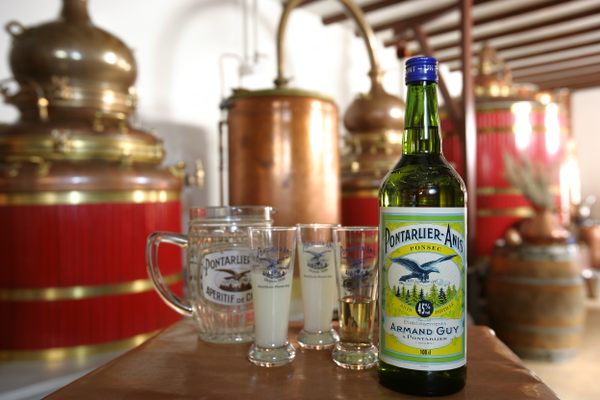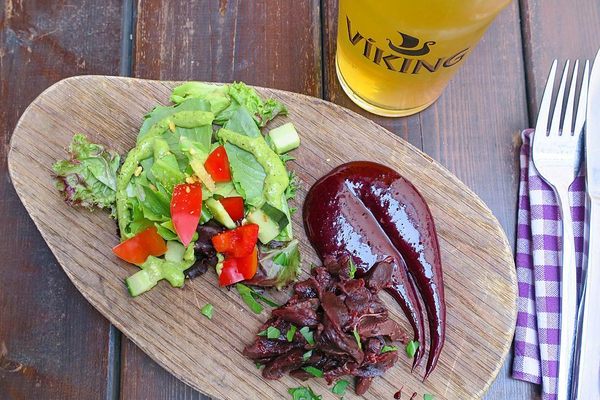Prepared Foods
Ortolan Bunting
A cruel cooking method turns this tiny songbird into a rare delicacy.
There is a dish so aromatic, so indulgent, so cruel, that it is meant to be eaten with a towel draped over the diner’s head—both to keep in the smells and, perhaps, to hide one’s face from God.
Meet the ortolan bunting, a tiny songbird that summers across Western Europe and winters in Africa. It is considered a vulnerable species, especially in France, because the bird is trapped to be the centerpiece of a very particular rituel gastronomique. Netted ortolans are kept in dark cages, which tricks them into gorging themselves on grain and figs. (It’s said they also may be blinded to achieve the same effect.) Once the small birds have doubled or more in size, they are drowned—and simultaneously marinated—in Armagnac brandy. They’re then plucked and roasted, which doesn’t take long, since there is little meat on their bones.
Diners pick up one whole, hot bird by the head—with that towel covering the act—and place it feet-first into their mouths, saving only the beak. Advocates say that the crunch of bone, the hot fat, and the bursts of flavor from the organs makes for a delicacy with no equal.
There’s something about the indulgence of eating an ortolan bunting that seems monstrous. But it’s not so different from modern industrial livestock practices—not really. So what accounts for the reputation? Is it the act of consuming them all at once, of crunching through bone in a way that makes carnivory more visceral? Is it the self-awareness of covering the act with a towel? The tradition is said to originate with famed French epicure, lawyer, and writer Jean Anthelme Brillat-Savarin, who once said, “Tell me what you eat, and I will tell you what you are.” Former French President Francois Mitterrand allegedly consumed not one but two ortolans as part of his notoriously gluttonous last meal.
Netting ortolans is illegal in some countries and not in others, but their trade is prohibited by the European Union, and France has banned the dish. That said, there are ways to experience this unique culinary tradition, if you know the right people. Ortolan bunting is an indulgent dish, but part of the allure likely comes from the transgression of consuming one of the world’s most indulgent, extravagant mouthfuls.
Written By
S Samir S PatelSources
- www.telegraph.co.uk/foodanddrink/11102100/Why-French-chefs-want-us-to-eat-this-bird-head-bones-beak-and-all.html
- www.nytimes.com/2014/10/15/dining/the-ortolan-a-tiny-songbird-as-a-french-cause-celebre.html?mcubz=0
- www.npr.org/templates/story/story.php?storyId=5223077
- www.telegraph.co.uk/foodanddrink/foodanddrinknews/11101187/Ortolans-could-Frances-cruellest-food-be-back-on-the-menu.html
- www.traffic.org/home/2008/11/14/illegal-trade-in-wild-birds-highlighted-at-eu-wildlife-trade.html
- europa.eu/rapid/press-release_IP-16-4213_en.htm















